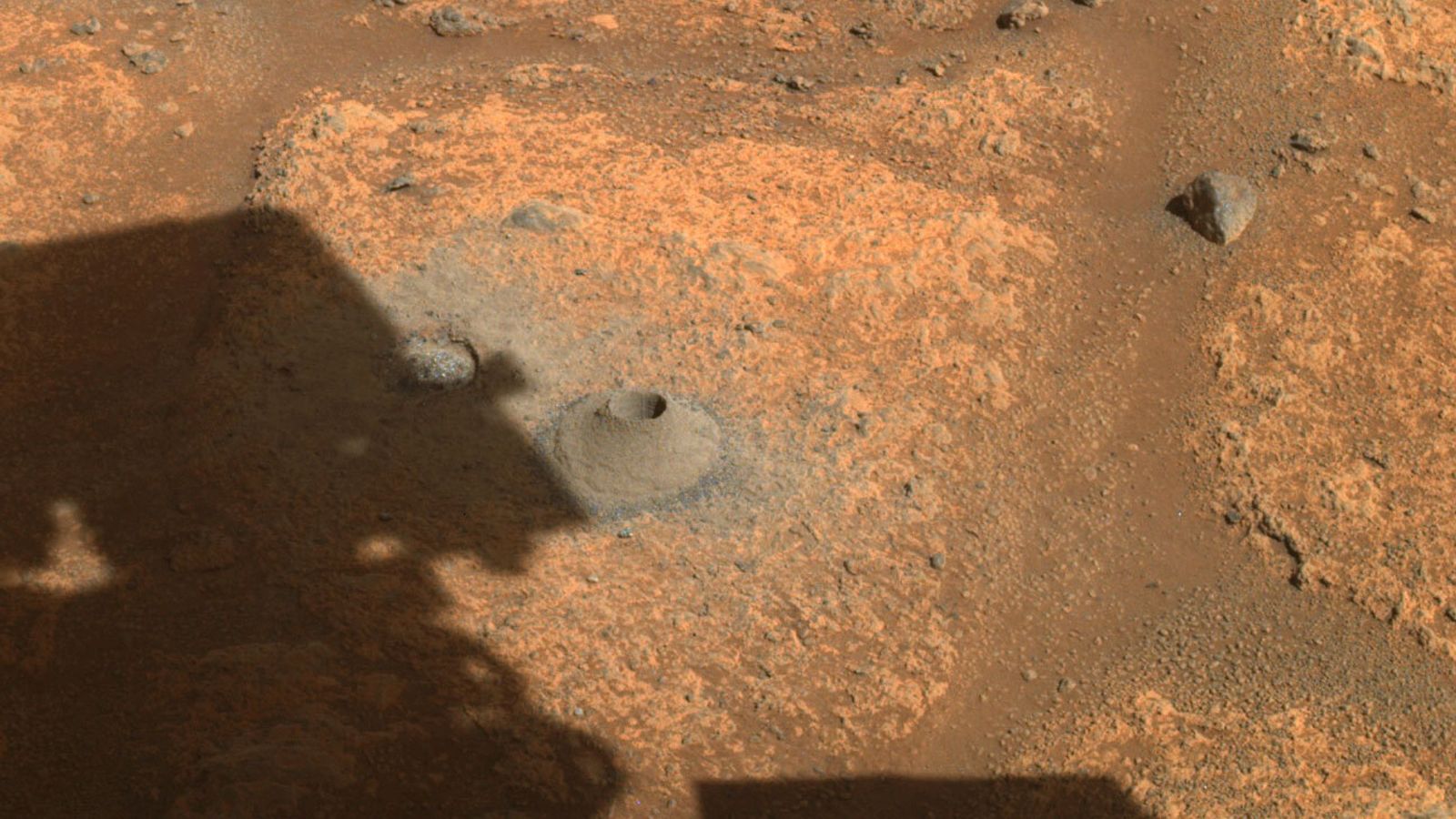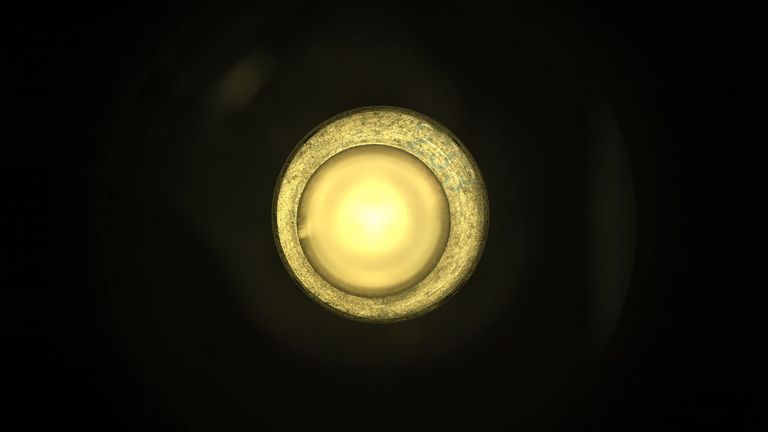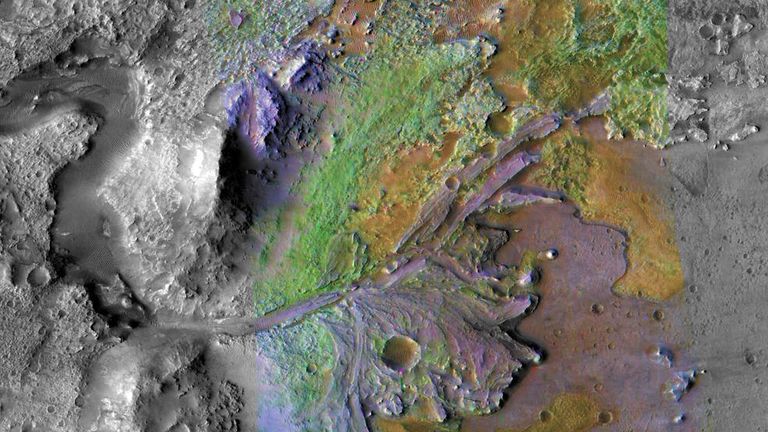NASA’s Perseverance rover has failed in its first attempt to collect a rock sample from Mars as part of the search for signs of ancient life on the planet, the space agency has confirmed.
The rover is equipped with a two-metre-long robot arm which has a hollow coring bit and a percussive drill at the end of it to extract samples from beneath the Martian surface.
About half a kilogram in rock and soil samples are intended to be cached in large titanium tubes that the rover will leave on the planet to be collected by a yet-to-be-confirmed future mission.
But NASA is now scrambling to ensure that there will be any samples for this mission to collect.
An image taken by the rover has shown that the sample collection tube was empty following a first attempt, confirming that Perseverance did not collect any Martian rock.
“While this is not the ‘hole-in-one’ we hoped for, there is always risk with breaking new ground,” said Thomas Zurbuchen, associate administrator of NASA’s Science Mission Directorate in Washington.
“I’m confident we have the right team working this, and we will persevere toward a solution to ensure future success,” Mr Zurbuchen added.
The point of landing in the Jezero crater was to drill deep down into the sediment of where an ancient river once flowed to check for the remnants of microbial life.
The carefully selected samples of Martian rock and soil wouldn’t be analysed immediately but instead the rover will cache about half a kilogram of rock samples that will be collected by another rover in approximately a decade’s time.
NASA and the European Space Agency are planning a Mars sample return campaign, where these samples can be examined with instruments that are far too large and complex to send to Mars.
“Detailed maps will be provided for any future mission that might go to Mars and pick up these samples for study by scientists,” NASA said at the time.
Jessica Samuels, the surface mission manager for Perseverance, said: “The sampling process is autonomous from beginning to end.
“One of the steps that occurs after placing a probe into the collection tube is to measure the volume of the sample. The probe did not encounter the expected resistance that would be there if a sample were inside the tube.”
NASA is assembling a response team to figure out what happened. The team’s first step will be analysing the borehole.
Jennifer Trosper, project manager for Perseverance, said: “The initial thinking is that the empty tube is more likely a result of the rock target not reacting the way we expected during coring, and less likely a hardware issue with the Sampling and Caching System;.
“Over the next few days, the team will be spending more time analysing the data we have, and also acquiring some additional diagnostic data to support understanding the root cause for the empty tube.”



